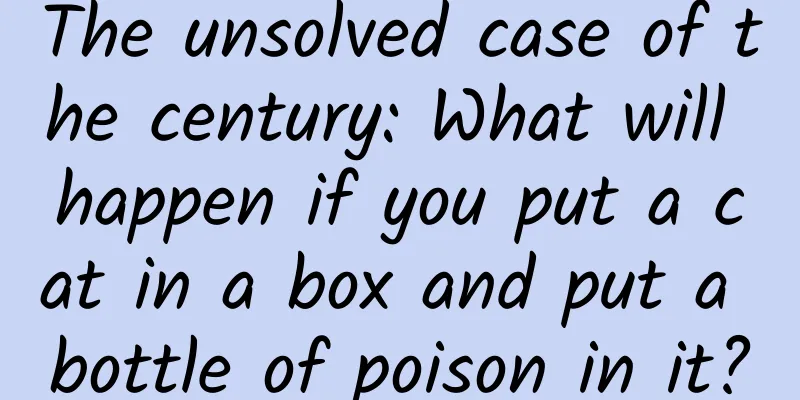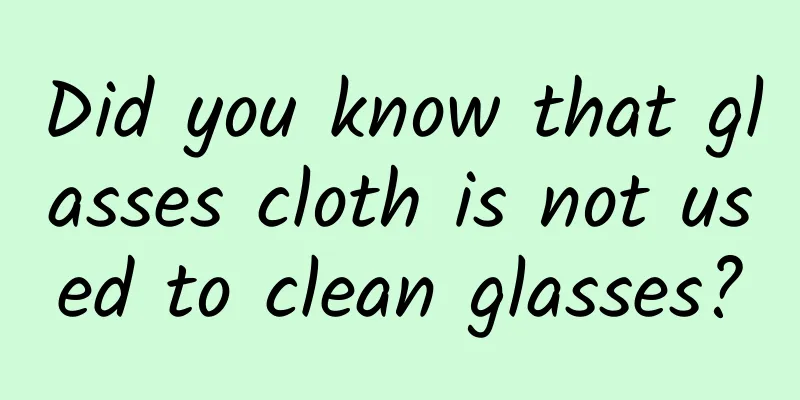The unsolved case of the century: What will happen if you put a cat in a box and put a bottle of poison in it?

|
You may have heard of the subject of "quantum mechanics", and you may have also heard of "Schrödinger's cat", an unusual "cat" trapped in a box that can be both "dead" and "alive". Wait, what's going on here? How can a cat be both dead and alive? Yesterday was the 135th anniversary of the birth of theoretical physicist Erwin Schrödinger. Let’s talk about this cat that is both “dead” and “alive”, and how “Schrödinger’s cat” has been used incorrectly by people for nearly a hundred years. Erwin Schrödinger, Image source: Wikipedia First of all, we must state that Schrödinger’s “cat” is not a real “cat” . Schrödinger did not really put the cat into this state, as that would be animal abuse. "Schrödinger's cat" is actually a thought experiment proposed by Schrödinger, and it is also a thought experiment that uses the method of contradiction to refute the opponent: he believes that if the opponent's statement is true, it will lead to a cat being dead and alive at the same time, which is very absurd and impossible at first glance. Therefore, it can be seen that the opponent's statement must be false. In other words, Schrödinger himself does not believe that the cat is both "dead" and "alive" . Therefore, the phrase "like Schrödinger's cat" used to describe something as "absurd" seems to be closer to Schrödinger's original meaning when he proposed it. Image from: pixabay But why did Schrödinger go to the trouble of designing such a thought experiment? Who was his opponent? The Copenhagen interpretation of quantum mechanics . Quantum mechanics is a new discipline born in the 20th century. It is the physical law that governs the microscopic world. It has discovered many very counterintuitive phenomena, for example, a physical quantity seems to exist in a probabilistic way : sometimes it is measured to have one value, and sometimes it is measured to have another value. This is very strange. In daily life, if you make a small ball spin, you should be able to tell at a glance whether it is spinning left or right, without any doubt. In the world of quantum mechanics, your instrument measurement can also give a clear answer, but two balls that look exactly the same give different answers. How to explain this phenomenon? In quantum mechanics, particles can exist in a state of "quantum superposition", that is, they can be both left-handed and right-handed. When particles are associated with the external environment, such as when they are measured by humans, the Copenhagen interpretation believes that this superposition state will "collapse", that is, it will become one of the specific states according to probability. This can indeed explain the confusion encountered in quantum mechanics, but it always feels like bullying. If a state disappears once it is measured, how can it still be said to exist? Many famous physicists, including Einstein and Schrödinger, could not accept this view. After several rounds of discussions with Einstein, Schrödinger felt that he had grasped the key to the problem, and Schrödinger's cat was his refutation of the Copenhagen interpretation. He said, imagine we put a cat in a box that is completely isolated from the outside world, and put a bottle of poison in the box. The poison is connected to a mechanism that will only be activated when it is hit by radiation, opening the lid of the poison and poisoning the cat to death. Then, we put a few radioactive atoms next to the mechanism, wait for a short period of time, and ask what will happen to the cat? Schrödinger's cat thought experiment, image source: Wikipedia Radioactive atoms decay and release radiation, a process governed by quantum mechanics. According to the Copenhagen interpretation, as long as you don't observe it, the atom is in a superposition state of decay and no decay. By analogy, radiation should also be in a superposition state of existence and non-existence, the mechanism should also be in a superposition state of activation and non-activation, and the poison should be in a superposition state of release and non-release. Therefore, the cat is also in a superposition state of dead and alive, and the difference can only be seen when the box is opened. Schrödinger believed that the superposition of the cat's life and death was obviously absurd, so he could push it all the way up to prove that the superposition of atoms is also problematic. However, this is ultimately his subjective opinion. After all, no one can really make a box that is isolated from the outside world to verify this. The sound of the cat walking, the cat's body temperature, and even the changes in air pressure caused by the cat's breathing can all be transmitted to the outside environment through the box, and people can measure whether the cat is alive or dead without opening the box. Copyright image, no permission to reprint After the Schrödinger's cat thought experiment was proposed, other physicists also proposed their own quantum mechanical explanations. For example, the decoherence history believes that when the radiation hits the mechanism, the quantum state interacts with the environment to produce decoherence, and then measurement and collapse occur. It has nothing to do with whether the person opens the box or not, so only the atom itself will be in a superposition state, not the cat. The life and death of the cat are two completely independent histories that do not affect each other. There is even a multi-world interpretation, which holds that when an atom decays, two different worlds are actually created. In one world, decay occurs and the cat dies, and in the other world, decay does not occur and the cat is still alive. Although the two worlds are very different, they are "projections" of the same world in two orthogonal directions. Which interpretation is correct? Because each interpretation ultimately leads to the same physical phenomenon, which cannot be distinguished experimentally, the answer may have gone beyond the scope of physics. Reviewer: Zhang Wenzhuo, CEO of Quantum Quantum, former associate researcher of the Micius team of the University of Science and Technology of China The cover and some of the pictures in this article are from the copyright gallery and are not authorized for reproduction |
<<: People are celebrating my festival, and I'm in chains
>>: Johnson & Johnson stops selling baby powder containing talc. How dangerous is talc?
Recommend
Tips to increase your Facebook page to tens of thousands of fans!
As the largest overseas social platform, Facebook...
A large amount of Qianchuan running material "production formula" [with script plan]
As the saying goes: An optimizer who doesn’t unde...
How to close the Weibo applet in WeChat?
Q: Why does Weibo sharing on WeChat become a mini...
Crying... The crazy Flappy 48 is here
If you think "Flappy Bird" and "204...
Summary of 2020 college entrance examination scores in various regions (full text)
Summary of the 2020 college entrance examination ...
Children’s Day is coming, how should brands carry out marketing promotion?
"Moeology" is probably one of the compu...
How to do a good competitive product analysis? What are the common methods?
There are many articles on the Internet about wri...
Science illustration | How to protect "underwater grasslands" that bloom and bear fruit in seawater?
...
Can feces be used to treat diseases? Intestinal flora has miraculous effects
Author: You Wenjuan, Editorial Director of World ...
China Automobile Dealers Association: In-depth analysis of the national passenger car market in December 2019
This article is an authoritative in-depth market ...
Mobile QQ 8.2.8 update: Image text extraction is easier
[[316739]] Today, Tencent QQ Android and iPhone m...
What is the secret behind TikTok’s explosive user growth?
Think first: How do you measure user growth ? Wha...
In-depth analysis of Android's custom layout
[[124174]] Words written in front: This article w...
How Li Jiaqi and Perfect Diary use WeChat private domain traffic
The current first-line live-streaming influencers...









